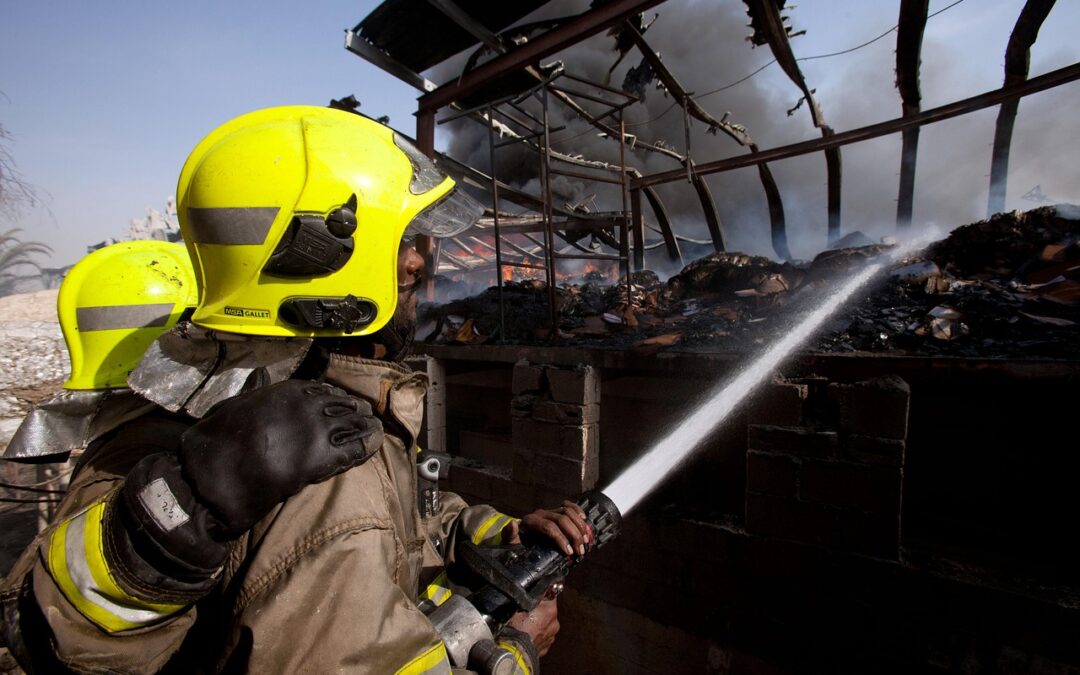Reporting an emergency to the Mine Safety and Health Administration (MSHA) is a critical step in ensuring the safety of miners and complying with federal regulations. In emergency situations, timely and accurate communication with MSHA can make a significant difference in how quickly assistance is provided and how effectively the situation is managed. Understanding the proper procedures not only helps protect lives but also ensures that mining operations stay in compliance with legal requirements. This article will guide you through the process of reporting an emergency to MSHA, covering key steps, tips for effective communication, and common mistakes to avoid.
What You Need to Know Before Reporting an Emergency to MSHA
The Mine Safety and Health Administration (MSHA) is responsible for enforcing safety regulations in mining operations across the United States. In the event of an emergency, it is crucial to follow proper reporting procedures to ensure a swift and effective response. Understanding the requirements, necessary details, and correct reporting channels can significantly improve response times and reduce risks to workers.
Understanding the Process of Reporting an Emergency to MSHA
Mining emergencies, such as accidents, fires, or hazardous conditions, must be reported immediately to MSHA. Operators are legally required to notify MSHA within 15 minutes of becoming aware of an emergency situation. Failure to do so can result in fines and penalties. The official MSHA emergency reporting hotline is 1-800-746-1553, which is available 24/7.
How to Effectively Communicate an Emergency to MSHA
When reporting an emergency, it is essential to provide clear and accurate information. Key details include:
- Mine name and location
- Nature of the emergency (e.g., cave-in, gas leak, injury)
- Number of workers affected
- Immediate actions taken
- Contact details of the person
Communicating in a calm and structured manner ensures that emergency responders receive all necessary information to act swiftly.
The Importance of Timely Emergency Reports to MSHA
Timely reporting saves lives. Delays in notifying MSHA can lead to extended rescue efforts, heightened risks to workers, and severe legal consequences. Prompt reporting allows MSHA to assess the situation quickly, provide guidance, and ensure that appropriate actions are taken to support ongoing rescue operations and mitigate potential hazards.
Reporting Mine Emergencies: A Guide for MSHA Compliance
Compliance with MSHA’s emergency reporting standards is mandatory for all mine operators. The Mine Act of 1977 outlines reporting requirements to ensure miners’ safety. The following best practices help maintain compliance:
- Training personnel on emergency reporting protocols
- Keeping emergency contact numbers readily available
- Regularly reviewing and updating emergency procedures
- Conducting mock emergency drills to reinforce response readiness
How MSHA Handles Emergency Reports and What to Expect
Once an emergency is reported, MSHA immediately assesses the situation and deploys inspectors or response teams if necessary. The agency will:
- Verify the reported details
- Coordinate with mine management and emergency responders
- Monitor rescue and recovery operations
- Conduct post-incident investigations to determine the cause and prevent future occurrences
Understanding MSHA’s response process allows mining operators to cooperate effectively and expedite emergency resolution.

Top Mistakes to Avoid When Reporting Emergencies to MSHA
Mistakes in emergency reporting can lead to severe consequences. Common errors include:
- Delaying the report beyond the 15-minute requirement
- Providing incomplete or inaccurate details
- Failing to follow up after the initial report
- Not keeping documentation of the reported incident
Avoiding these mistakes ensures compliance and a more effective emergency response.
Ensuring Effective Emergency Reporting to MSHA
Reporting emergencies to MSHA is a crucial responsibility that ensures both the safety of miners and the compliance of mining operations with federal regulations. By understanding the reporting process, communicating clearly and promptly, and avoiding common mistakes, you can help facilitate a quick and efficient response in critical situations. Timely and accurate emergency reports not only protect lives but also contribute to maintaining a safe and compliant work environment. By following the guidelines outlined in this article, you can be better prepared to handle emergencies effectively and ensure the safety of all involved.

